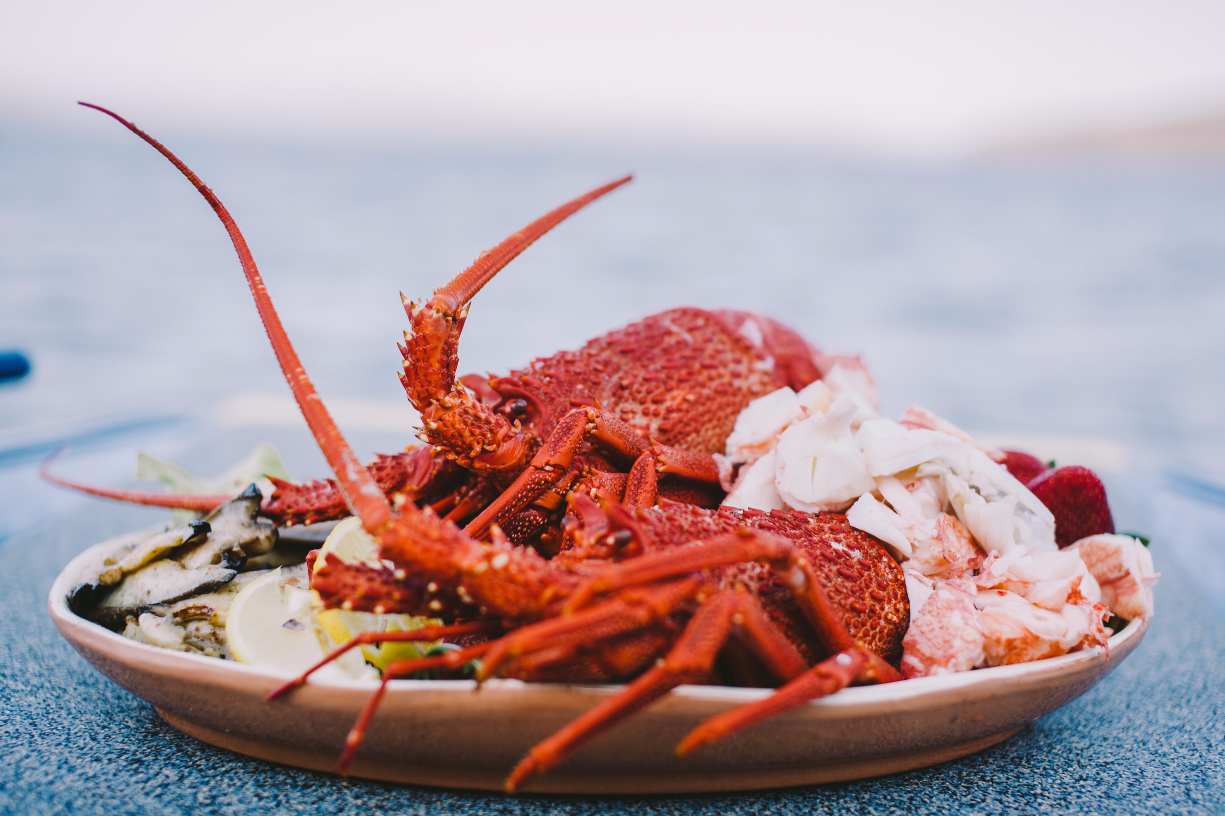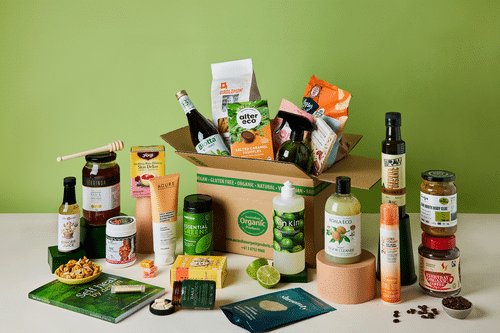Top Australian beaches are more than just stretches of sand—they’re windows into the soul of a country defined by sun, surf, and natural beauty. From the sun-kissed shores of Bondi Beach to the wild and remote coasts of Western Australia, Australia boasts over 10,000 beaches, more than any other country on Earth. Whether you’re chasing the perfect wave, seeking family-friendly fun, or exploring hidden gems known only to locals, Australia’s coastline offers something unforgettable. According to insights from Tourism Australia, beaches remain the number one reason international tourists are drawn to the land Down Under.
In Sydney, Bondi Beach attracts over 2.6 million visitors annually, making it one of the most visited urban beaches in the world. Nearby, Coogee and Tamarama offer more tranquil alternatives, linked by the picturesque Bondi to Coogee coastal walk. For those wanting a blend of surf, history, and ferry rides, Manly Beach is a top choice. The area is rich in coastal culture and highlighted by NSW National Parks as a top-tier nature and recreation destination.
Moving south to Victoria, Bells Beach is a global surfing icon, hosting the legendary Rip Curl Pro, the world’s longest-running surf competition. According to Visit Victoria, this event draws tens of thousands of spectators each year and is key to the region’s tourism economy. On Australia’s west coast, the surfing mecca of Margaret River features over 75 breaks along its shoreline. Its powerful waves and natural beauty, promoted by Western Australia Tourism, have made it a destination for serious surfers worldwide.
When it comes to family adventures, the calm waters of Noosa Main Beach make it one of the most visited beaches in Queensland, with over 800,000 visitors annually. The South Australian Tourism Commission also highlights Glenelg Beach as a top family spot, offering amusements, shallow waves, and a lively esplanade. Accessibility, lifeguard patrols, and nearby cafes contribute to their popularity.
For snorkeling and marine life, the pristine waters of Ningaloo Reef are home to over 700 species of fish and are promoted by Parks Australia as one of the world’s best shore-accessible reefs. Meanwhile, Green Island, part of the Great Barrier Reef, offers coral cay snorkeling and family-friendly reef tours. The Great Barrier Reef Marine Park Authority recognizes it as one of the most accessible reef experiences from Cairns.
With this incredible diversity of locations, activities, and ecosystems, it’s no surprise that Top Australian beaches continue to dominate international travel lists, drawing millions each year and offering something for every type of traveler.
### Iconic Shores of Bondi and Beyond
Bondi Beach: Australia’s Most Recognizable Coastline
Bondi Beach, located just 7 kilometers east of Sydney’s central business district, is one of the Top Australian beaches. It stretches for about 1 kilometer and welcomes over 2.6 million visitors annually. With golden sand and strong waves, Bondi is ideal for both beach lounging and surfing. The Bondi to Coogee coastal walk, which spans 6 kilometers, offers panoramic ocean views and connects several smaller beaches like Tamarama and Bronte.
Coogee Beach: The Calm Alternative
Coogee Beach is known for its tranquil waters and family-friendly atmosphere. Lifeguards patrol the beach year-round, and its ocean pool, Giles Baths, is a major draw. In contrast to Bondi’s vibrant scene, Coogee sees about 1.3 million visitors annually and provides safe swimming spots, children’s playgrounds, and shaded picnic areas.
Manly Beach: Sydney’s Gateway to Surf Culture
Manly Beach, accessible via a 30-minute ferry from Circular Quay, merges laid-back charm with a historic surf culture. The beach has hosted numerous surf competitions and was where surfing was first introduced to Australia in 1915 by Hawaiian Duke Kahanamoku. Manly Beach, spanning 1.6 kilometers, is part of the Northern Beaches region and draws around 1.8 million visitors yearly.
Bondi Icebergs: The Pool with a View
Bondi Icebergs, located at the southern end of Bondi Beach, is an ocean pool that dates back to 1929. Open to the public year-round, this 50-meter pool offers stunning views of the Pacific Ocean. The site includes a sauna, gym, and restaurant, making it a destination in itself, not just an add-on to the beach.
Events and Activities Across the Eastern Beaches
The Sculpture by the Sea exhibition, held every November along the Bondi to Tamarama coastal path, attracts over 500,000 visitors and features works from more than 100 artists. In summer, Bondi hosts outdoor cinemas, markets, and surf schools that cater to all skill levels. These recurring events make it easy to see why this region is home to some of the Top Australian beaches.
### Hidden Gems Only Locals Know
Hyams Beach: The Whitest Sand in the World
Located in Jervis Bay, Hyams Beach holds a Guinness World Record for having the whitest sand on Earth. Its stunning visual appeal and peaceful setting attract roughly 200,000 visitors annually, far less than the crowds at Bondi. Surrounded by Booderee National Park, Hyams Beach is ideal for wildlife spotting and quiet getaways.
Pebbly Beach: Where Kangaroos Roam Freely
Pebbly Beach, located in Murramarang National Park, is famous for its resident kangaroo population. It’s one of the few beaches in Australia where kangaroos can often be seen grazing on the sand. The beach is lesser-known and remote, receiving only about 50,000 visitors per year, adding to its off-the-grid charm.
Turquoise Bay: Exmouth’s Snorkeling Secret
Turquoise Bay, near Ningaloo Reef in Western Australia, is known for its crystal-clear waters and diverse marine life. It’s a top snorkeling spot where you can see over 500 species of fish and 200 species of coral. Turquoise Bay is often ranked among the Top Australian beaches for snorkeling experiences.
Tallow Beach: A Secluded Escape near Byron Bay
Tallow Beach stretches for 7 kilometers just south of Byron Bay. It’s known for its quiet surroundings and dramatic sunsets. The beach is popular with surfers and naturists and is adjacent to Arakwal National Park. Tallow receives fewer than 100,000 visitors annually, making it a secluded paradise.
Boat Harbour Beach: Tasmania’s Coastal Jewel
Located in northwest Tasmania, Boat Harbour Beach is known for its clean, turquoise waters and small-town charm. With a population of under 500 in the surrounding area, this beach remains largely untouched by tourism. Its water clarity and pristine sand have earned it a spot among the Top Australian beaches, especially for those seeking isolation and tranquility.
### Surfing Paradises for Wave Chasers
Bells Beach: Australia’s Surfing Cathedral
Located along the Great Ocean Road in Victoria, Bells Beach is home to the Rip Curl Pro, the world’s longest-running professional surfing competition. Its iconic swells attract elite surfers from across the globe. Waves can reach up to 5 meters, especially during the Easter tournament, attracting over 30,000 spectators annually.
Snapper Rocks: Gold Coast’s Wave Machine
Snapper Rocks in Coolangatta, Queensland, is famous for its long, hollow waves. It marks the beginning of the Superbank, one of the world’s longest right-hand breaks, offering rides over 1.5 kilometers long. The beach regularly appears in rankings of the Top Australian beaches for surfers.
Margaret River: Western Australia’s Surf Frontier
The Margaret River region hosts over 75 surf breaks across its coastline, with powerful reef and point breaks ideal for advanced surfers. The area welcomes over 500,000 tourists annually, many of whom come specifically for the surfing culture and events like the Margaret River Pro, part of the WSL World Tour.
Noosa Heads: A Surfer’s Playground for All Levels
Noosa offers a range of point breaks, making it suitable for surfers of all skill levels. The Noosa Festival of Surfing attracts over 10,000 people each March and is the largest longboard event in the world. Noosa’s National Surfing Reserve status highlights its cultural and recreational significance.
Yallingup Beach: The Hidden Powerhouse
Yallingup in Western Australia is famous for its heavy reef breaks and natural beauty. Although less crowded, it’s a favorite among hardcore surfers. With waves often exceeding 3 meters, the spot is not for beginners. Yallingup continues to rise in popularity, often included in updated lists of the Top Australian beaches for its surf quality and raw aesthetic.
### Family-Friendly Beaches with Calm Waters
Main Beach, Noosa: Calm Waters and Easy Access
Main Beach in Noosa is one of the few north-facing beaches in Australia, which helps shield it from large swells. This makes it ideal for children and novice swimmers. The beach is patrolled year-round and receives over 800,000 visitors annually. It’s equipped with nearby cafes, play areas, and ample parking.
Cottesloe Beach: Perth’s Most Popular Spot for Families
Cottesloe Beach features gentle waves and wide sandy areas perfect for building sandcastles. The beach is less than 15 minutes from Perth’s city center and receives about 600,000 visitors each year. Facilities include BBQ areas, shaded picnic zones, and a large grass terrace.
Glenelg Beach: Adelaide’s Urban Retreat
Glenelg is one of South Australia’s most accessible beaches and a favorite among families. The beach has a long jetty, an amusement park (The Beachouse), and calm waters due to offshore breakwaters. Each summer, Glenelg sees over 1 million visitors, many of whom are families with young children.
The Entrance Beach: Where Lakes Meet the Ocean
Located on the Central Coast of New South Wales, The Entrance features both beach and lake swimming options. Pelican feeding events attract families, and a recently upgraded splash park has become a major attraction. The dual environment makes this a standout among the Top Australian beaches for kids.
Mooloolaba Beach: Sunshine Coast’s Family Gem
Mooloolaba Beach is known for its relaxed vibe and excellent amenities. It’s patrolled 365 days a year and features an esplanade with shops, playgrounds, and casual dining. It sees about 1.2 million visitors annually and is consistently voted one of the most family-friendly Top Australian beaches.
### Snorkeling and Diving Havens
Ningaloo Reef: The Lesser-Known Giant
Ningaloo Reef stretches for 260 kilometers and is home to over 700 species of fish and 300 species of coral. Unlike the Great Barrier Reef, Ningaloo is accessible directly from the shore. It’s one of the Top Australian beaches for snorkeling, especially between March and July when whale sharks arrive.
Green Island: Tropical Underwater Wonderland
Green Island in the Great Barrier Reef Marine Park is a coral cay located 27 kilometers off Cairns. Visitors can access the reef by boat in less than an hour. The area offers glass-bottom boat tours, helmet diving, and over 190 species of coral for snorkelers to explore.
Lord Howe Island: A UNESCO World Heritage Site
Lord Howe Island, located 600 kilometers off the coast of New South Wales, is home to the world’s southernmost coral reef. With only 400 visitors allowed at any given time, this beach destination offers exclusivity and abundant marine biodiversity. It’s considered one of the Top Australian beaches for pristine snorkeling conditions.
Julian Rocks: Byron Bay’s Marine Sanctuary
Julian Rocks, situated 2.5 kilometers off Byron Bay, is a protected marine reserve where cold and warm water currents meet. This attracts both tropical and temperate marine life, including manta rays, turtles, and over 500 fish species. It’s a hotspot for diving enthusiasts year-round.
Agnes Water: Where the Reef Meets the Beach
Agnes Water is one of the most northern surf beaches in Queensland and provides access to Lady Musgrave Island, part of the southern Great Barrier Reef. The area is increasingly popular for snorkeling due to its clear waters and growing eco-tourism infrastructure. It adds yet another entry to the list of Top Australian beaches known for marine exploration.
### Wild and Remote Coastal Escapes
Cable Beach: The Jewel of Broome
Cable Beach in Western Australia stretches 22 kilometers and is famous for its camel rides and red rock cliffs. The beach remains uncrowded despite its size, with fewer than 300,000 visitors annually. Its Indian Ocean sunsets are legendary and contribute to its placement among the Top Australian beaches.
Lucky Bay: Where Kangaroos Bask in the Sun
Located in Cape Le Grand National Park, Lucky Bay boasts blindingly white sand and crystal-clear waters. Kangaroos are frequently seen lounging on the beach, and the area has a campsite for overnight stays. The beach was voted Australia’s whitest sand in a 2017 study by Geoscience Australia.
75 Mile Beach: Fraser Island’s Coastal Highway
This massive beach doubles as a road and landing strip on Fraser Island (K’gari). It’s not ideal for swimming due to strong currents but is perfect for 4WD adventures and fishing. Fraser Island welcomes around 380,000 tourists each year, many of whom explore this wild stretch.
Binalong Bay: Tasmania’s Bay of Fires Beauty
Binalong Bay marks the southern end of the Bay of Fires, known for its orange-lichen boulders and turquoise water. The remote setting and lack of crowds make it one of the Top Australian beaches for those seeking solitude and scenic photography.
Thistle Cove: Nature at Its Purest
Situated in Western Australia’s Cape Le Grand National Park, Thistle Cove is a quiet retreat surrounded by granite formations and wildflowers. Strong winds and waves deter casual swimmers, but the beach remains a top pick for hiking, nature watching, and photography enthusiasts.
### Beaches with Breathtaking Sunsets
Mindil Beach: Darwin’s Sunset Capital
Mindil Beach is world-famous for its fiery sunsets over the Timor Sea. The Mindil Beach Sunset Market, held between April and October, attracts up to 5,000 visitors every week. With food stalls and live music, it offers a unique blend of nature and culture.
Cottesloe Beach: Perth’s Sunset Stage
Cottesloe appears again on our list of Top Australian beaches thanks to its stunning west-facing views. The beach becomes a canvas for colors during sunset, drawing locals and tourists alike. The annual Sculptures by the Sea event also enhances its appeal during twilight hours.
Uluru Beach (Lake Amadeus Shoreline)
Though not a coastal beach, the salt flats around Uluru reflect mesmerizing sunset hues. While unconventional, these inland “beaches” rival coastal settings in visual impact, offering a uniquely Australian experience for photographers and travelers.
West Beach: South Australia’s Hidden Sunset Spot
West Beach, located near Adelaide Airport, is quieter than nearby Glenelg. It’s a favorite among locals for evening walks and fishing. Sunsets here illuminate the sky in vivid orange and violet, especially during the spring and autumn months.
Seventy-Five Mile Beach: Sunset from a 4WD
The same beach famed for its wild terrain also offers some of the best coastal sunsets. Because of its vast expanse, visitors can find secluded areas to watch the sun dip below the Pacific horizon, a rare treat on the eastern coast of Australia.




